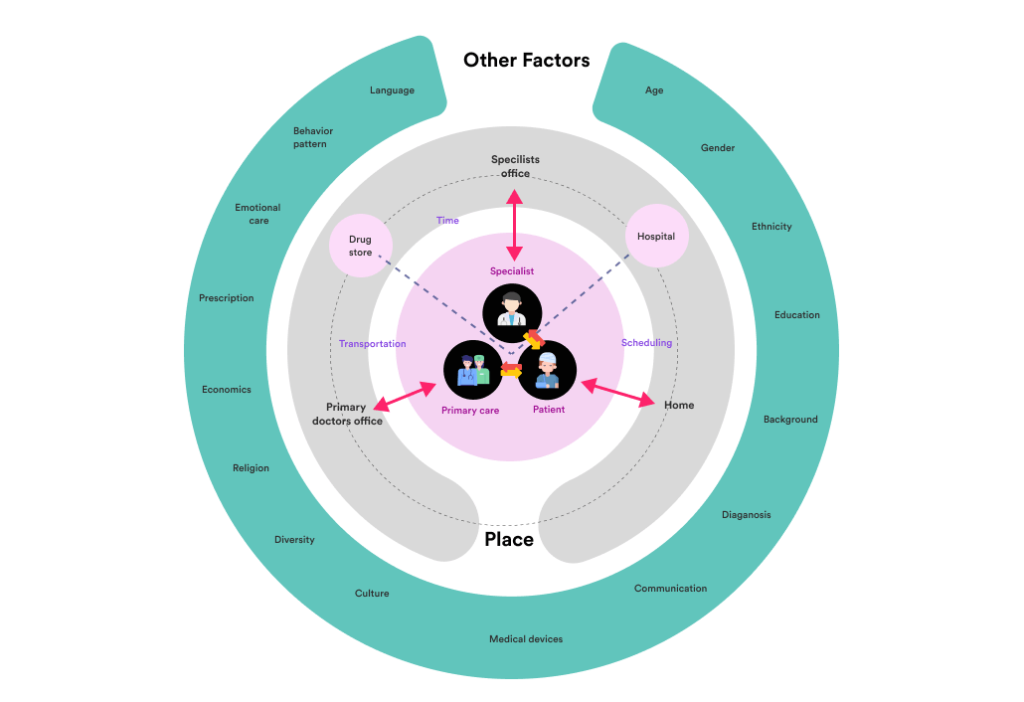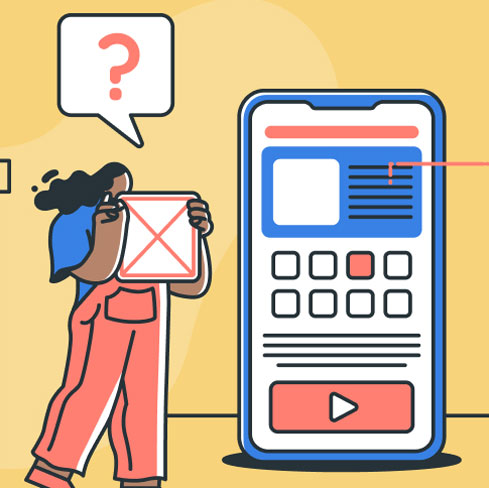Holistic design: The Future of UX or a Buzzword?
March 27, 2023 | Read Time : 3 mins
Table of Contents
“Holistic Design” seems like a new flashy trend tossed over here and there with no actual meaning behind it. However, the word existed long before UX Design was formed. Some claim that it existed before the 1920s when Product Design became popular.
What does Holistic Design mean?
Holistic Design is an approach where the product should be seen from several perspectives while considering all relevant factors, stakeholders, and environmental factors. The phrase “Holistic Design” has been frequently used in architecture, urbanism, and interior design.
Not every customer wants a Holistic Design. Changing company procedures and even the corporate culture is lengthy and demands financial resources, time, and commitment. Organisations looking for holistic design should have a high degree of UX maturity.
Six rules for a Holistic Design approach
When attempting to understand a problem’s broader context, start by asking questions. Take into account all stakeholders, not just users or customers.
Individual interviews are the gold standard of UX research where the focus is entirely on users. When choosing a holistic approach, additional approaches such as ethnographic research should be included. Diving right into the field to learn more about the ecosystem will be helpful in finding all related issues.
Involving all stakeholders in the design process is a step ahead of considering all stakeholders. It’s likely to be difficult and perhaps dirty, but giving it a go doesn’t cost anything. David Kelley, a proponent of design thinking, stated that integrating people from diverse backgrounds enhances the process greatly.
Most contemporary businesses want to look sustainable. They introduce the notion in many aspects, ranging from corporate responsibility initiatives to the manufacturing process itself. There is always an opportunity for improvement in sustainability, and holistic design automatically enhances organisational standards.
A design system is an excellent business tool, although it largely relates to the design industry. It is frequently used to streamline and unify UI/UX design. An ecosystem with ideals, a philosophy, and careful attention to every aspect is what holistic design suggests.
Transcending the digital. The vast majority of the time, holistic design solutions will alter physical assets, such as offices and human capital. Needs of users must be anticipated on both a digital and physical level by UX designers.

A few steps that can help you get closer to Holistic Design
- Apply design thinking – It can help you address all aspects of the user experience holistically. It aids in making sense of the complex realities in which users will access, use, and judge products.
- Transitions between interactions – Users access products/services in various ways and under varying conditions. User experiences are made up of many user moments in which users pursue their goals in different ways.
- Verify that the design is accessible – A comprehensive user experience cannot be imagined without being inclusive.
- Consistently improve user experience – Ensure that clients enjoy using the product at every stage of the customer experience. For a complete user experience, every small detail counts.
The most challenging aspect of the holistic design is how different individuals see it differently. The second most challenging aspect of the holistic design is that it is somewhat utopian in nature, with continual goals and an ongoing route. However, taking this route would result in many wonderful side benefits.






